More Than Enough
Climatic anomalies notwithstanding, Southeast Alaska is typically a pretty soggy place year-round.
Since time immemorial, the Residents of Sheet’ka (Sitka) have embraced the rain, while thriving on the abundance the rivers, forest and ocean surrounding them provides.
A tide that sets the table twice a day. Giant cedar canoes, totems and long-houses. Smoke houses and caches full of salmon and berries. Forests full of game. And an enormous spring herring spawn of such abundance, it is all more than enough to sustain a culture perched at the edge of the Pacific Ocean.
Sitka also had more than enough sea otters to attract Russian fur traders. The rest is, as they say, history. A difficult, shameful, sad history that lingers around the town with relics like Russian forts, churches and missionary schools preserved for posterity.
The fur traders, whalers and loggers are all gone, but the resilient Tlingit remain. There are still more than enough salmon to keep smokehouses and freezers full – and to keep the harbor and associated industries buzzing with energy – energy that can be very expensive on this remote island.
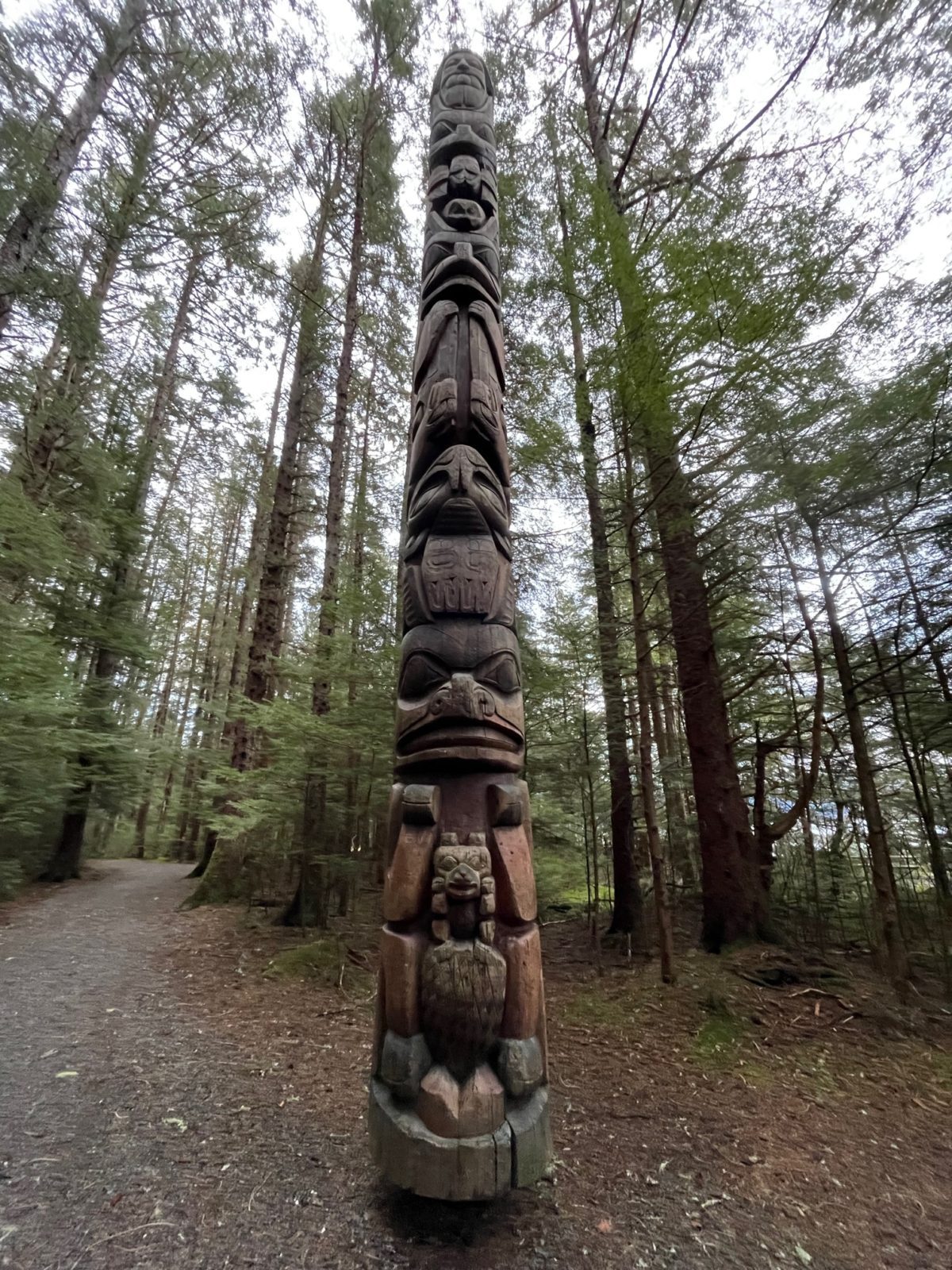
SSP photos this page by Clay Good (above) and Ian Johnson, Lee House and Bethany Goodrich (right)
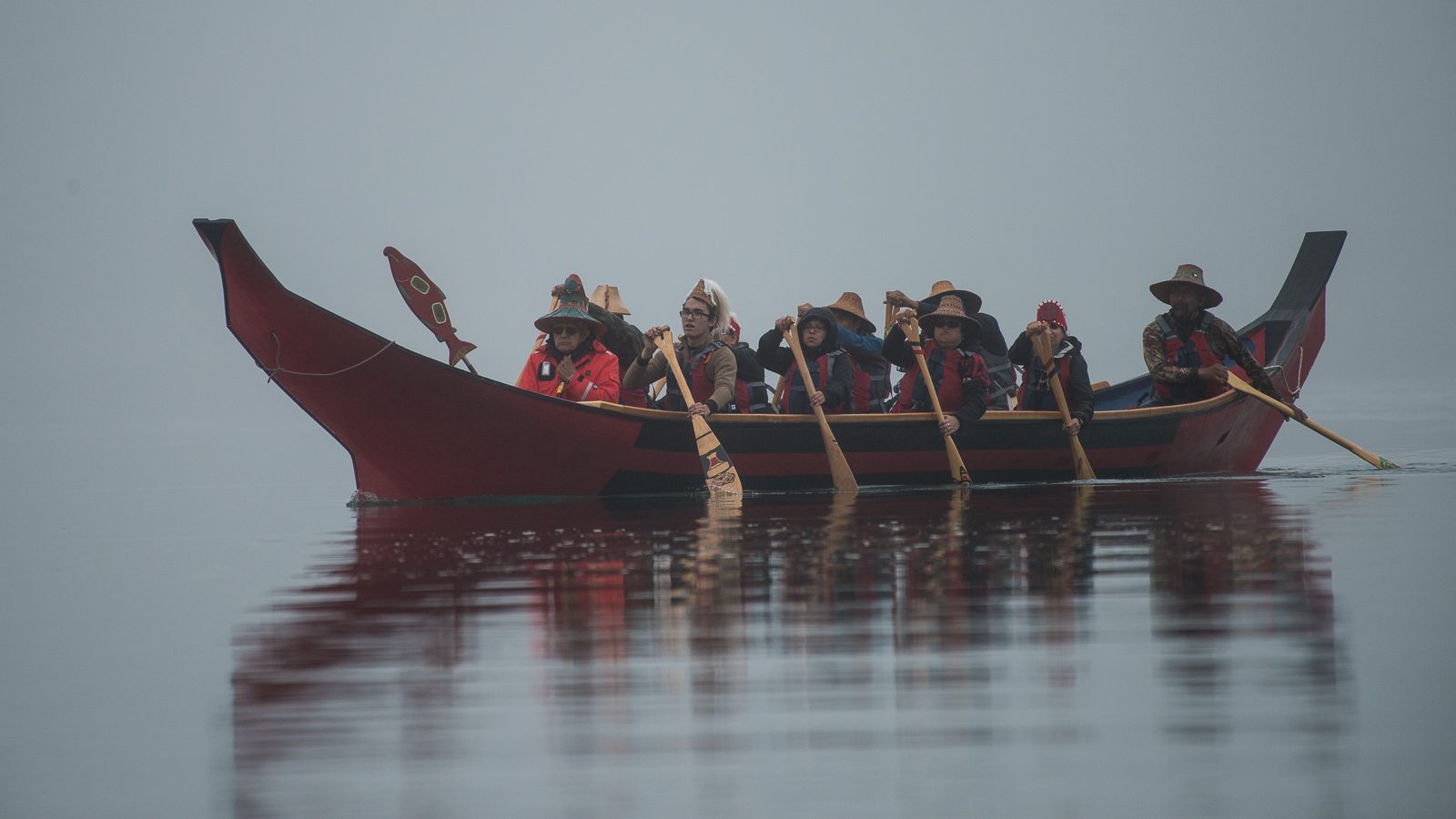






Spilling Energy
While Tlingit thrive amidst abundance, it is disrespectful in their culture to waste resources.
With an average rainfall of nearly 90 inches, Sitka has more than enough water in its reservoirs most years to power the community with 100% clean electricity 99.9% of the time.
It’s the more than enough part that got Sitka energy leaders thinking about how best to use the substantial quantity of water “spilling” over the top of the dam. This is surplus energy that represents wasted opportunities and lost revenue.
How does an isolated island community of 8500 souls make best use of existing hydro resources, as well as plan for future capacity? Energy planning is complex work requiring technical expertise and access to current information and data.
Plus, power and politics mingle throughout Sitka’s deeply rooted and eclectic demography of indigenous and immigrant residents. This is partly because the City of Sitka has the distinction of owning its power grid.
A city managing its own utility seems like a good idea for many good reasons. But, it can be challenging to bridge the gaps between various needs, interests and perspectives represented in communities.
Enter ETIPP – Energy Technology Innovation Partnership Project.
REAP provides capacity for communities and organizations needing technical assistance to meet the challenges of the renewable energy revolution.
This extra help is called the Energy Technology Innovation Partnership Project (ETIPP) – a partnership between REAP, Department of Energy (DOE), National Renewable Energy Laboratory, Pacific Northwest National Laboratory (PNNL), and qualifying communities like Sitka.
Besides data and engineering technical support, community engagement is at the heart of ETIPP. The REAP Capacity Development Group (CDG) teamed-up to send the Sustainable Southeast Partnership (SSP) Regional Energy Catalyst along with REAP’s ETIPP team to join NREL and PNNL staff in Sitka to work with community members to define the scope of the Sitka Community Renewable Energy Strategy (SCRES).
The ETIPP technical entourage toured reservoirs, penstocks, and powerhouses; visited teens’ and toddlers’ classrooms; built energy efficient Holiday gingerbread houses; met with community energy leaders, and joined the Sitka Sustainability Committee meeting held for the purpose of approving the SCRES.
photos this page by Clay Good
Capacity Development Group – CDG
REAP’s dedicated team of energy professionals work together to meet communities’ needs where they are.
Whether organizing a team of engineers and scientists to help plan energy projects, or exploring renewable energy with high school students, or supporting a community energy-efficient gingerbread house build, REAP’s dedicated team of energy professionals work together to meet communities’ needs where they are.
From Sitka to Savoonga, each community has unique needs and resources. REAP’s Capacity Development Group (CDG) is made of specialists who know Alaska, and how to support small communities with big energy needs.
The Energy Technology Innovation Partnership Project (ETIPP), Sustainable Southeast Partnership (SSP), Alaska Network for Energy Education and Employment (ANEEE), People in Power (PIP), Alaska EnergySmart (AKES) are all part of REAP’s CDG team that meets every Friday morning to compare notes and find ways to work together for the benefit of the communities they serve.
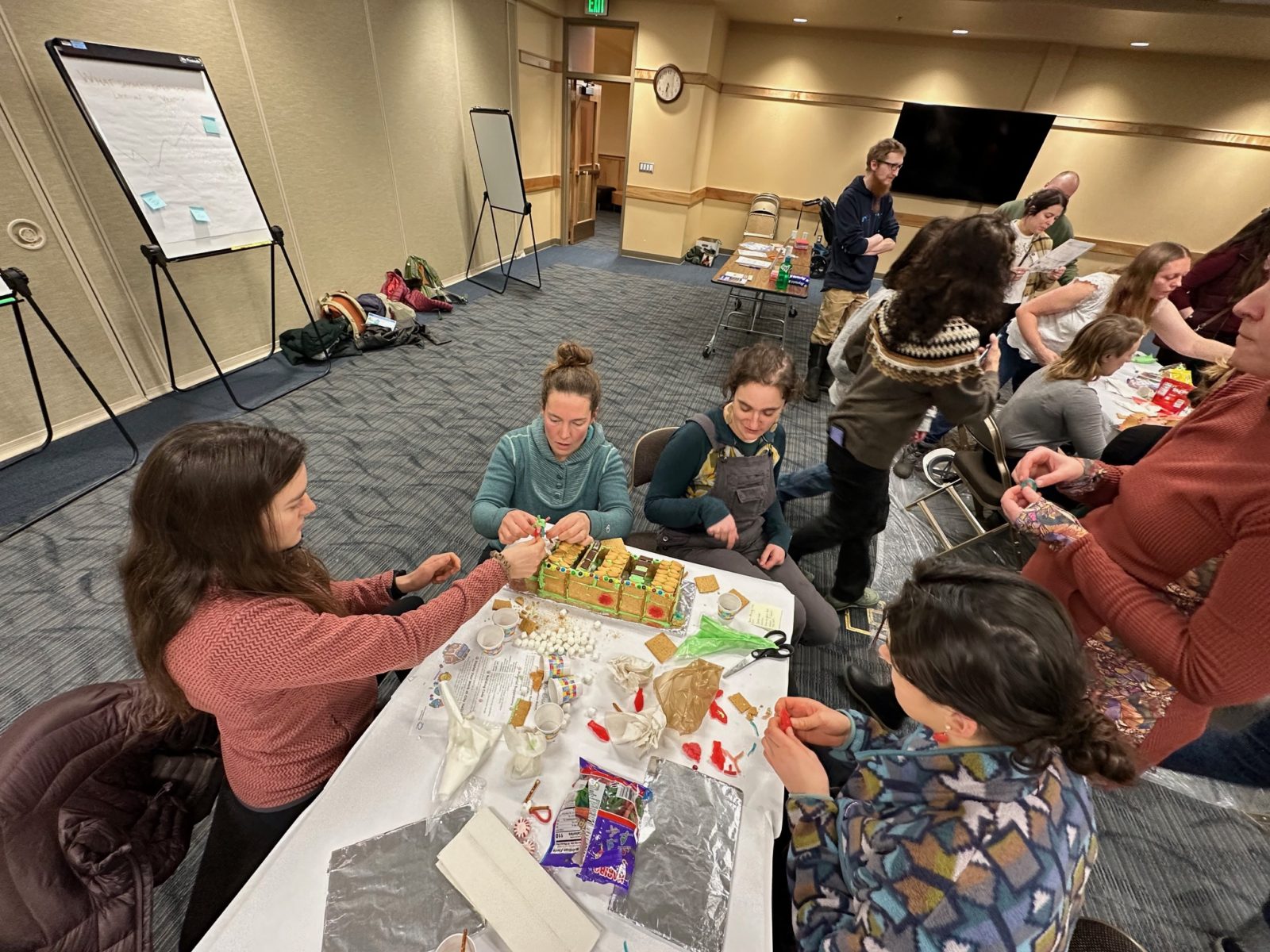
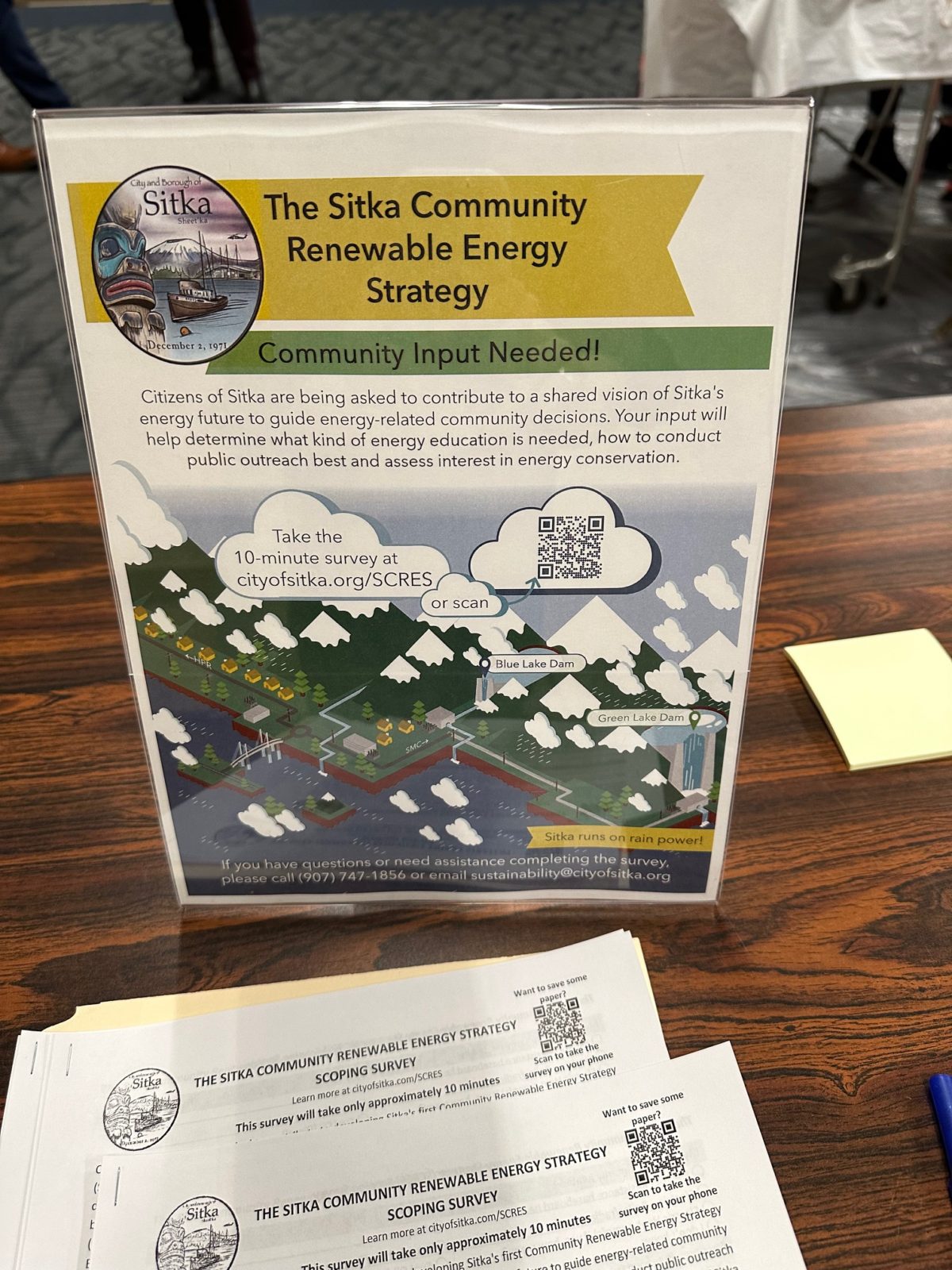
REAP, SSP, ETIPP, ANEEE, PIP, AKES, CDG, SCRES, DOE, NREL, PNNL are just some of the letters in Sitka’s alphabet soup of community energy planning
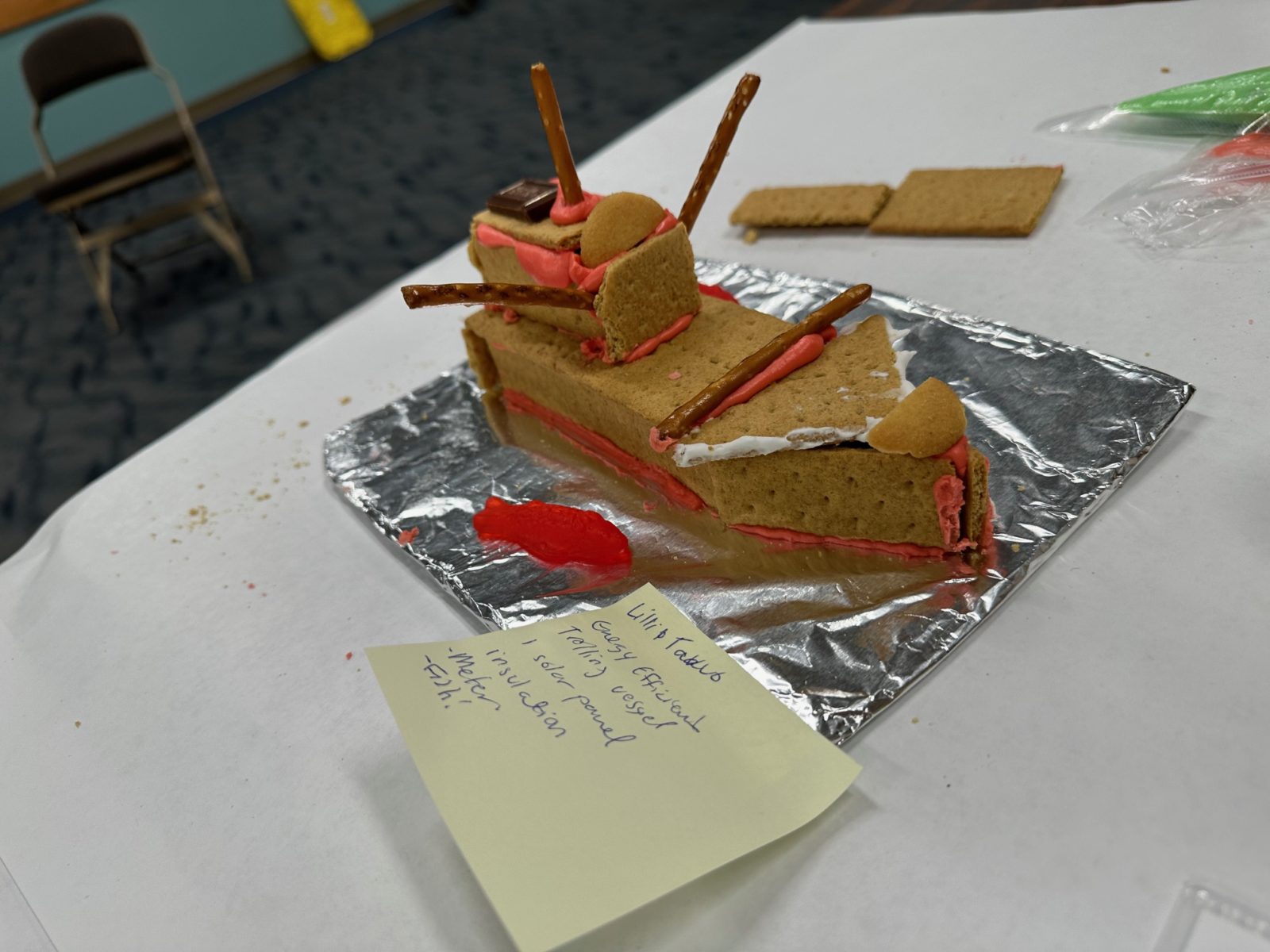
Above – an energy efficient gingerbread long-line troller.
photos this page by Clay Good


photos this page by Clay Good
New Generation
A new generation of renewable energy explorers are looking for new generation opportunities and technologies.
REAP’s team of energy educators reach hundreds of small communities and thousands of Alaskan students each year with up-to-date, culturally responsive energy lessons and activities.
While in Sitka, REAP staff visited with students at Pacific High School to explore energy careers, as well as toddlers at Sitka Sound Science Center where parents and progeny explored wind power and other fun energy activities.
REAP understands that renewable energy is our future – and we are leading the way for a new generation.
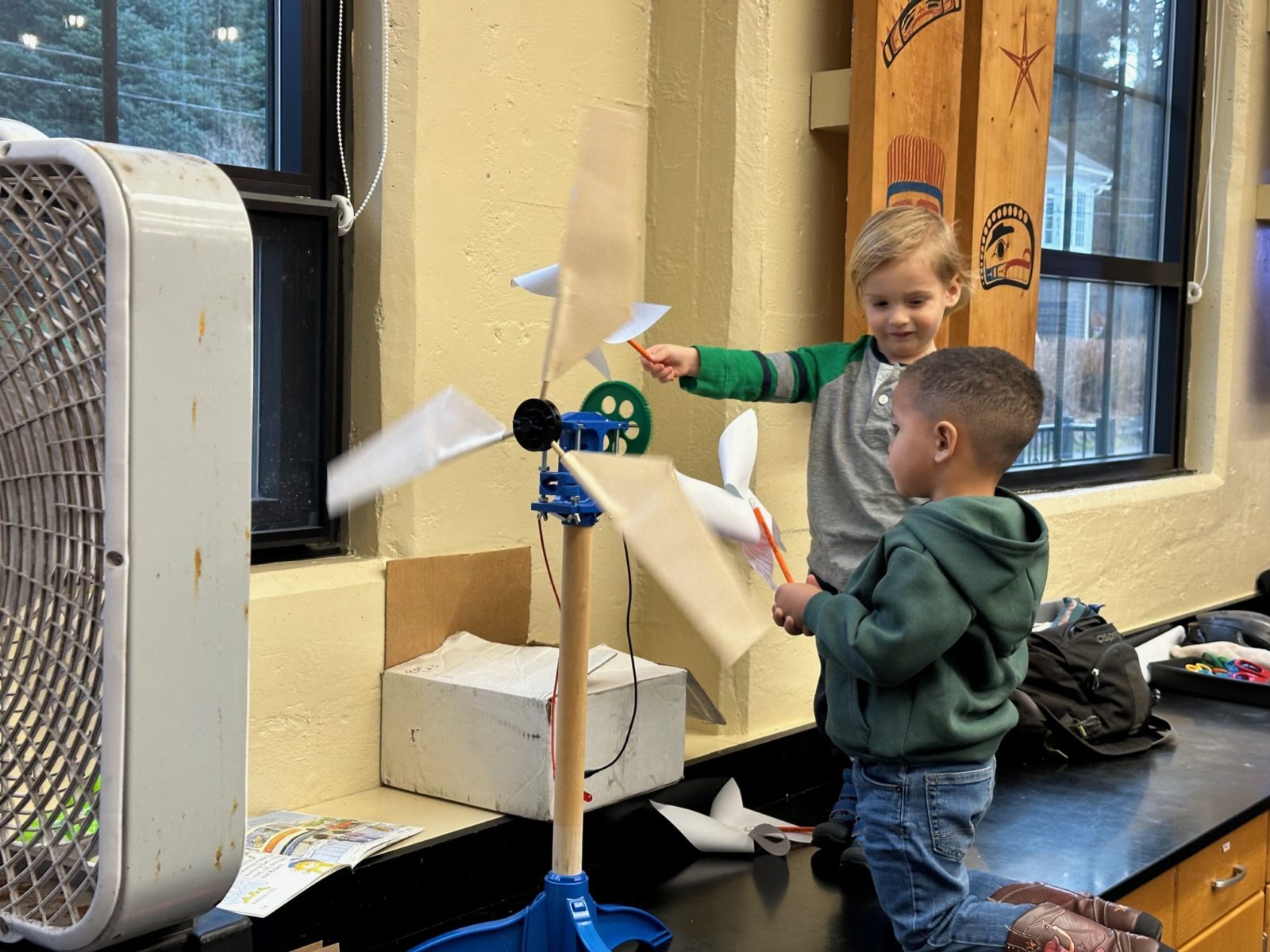

Clay Good is REAP’s Regional Energy Catalyst for the Sustainable Southeast Partnership – working at the intersection of cultural, economic, and ecological well being.